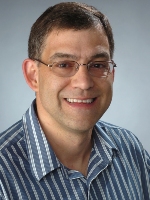Chloe Britton Naime Committed to Advocating for Improved Outcomes for Neurodivergent Individuals
Chloe Britton Naime ’25 is about to complete a challenging and rare dual major program in both mechanical engineering from the College of Engineering and Computer Science and neuroscience from the College of Arts and Sciences. Even more impressive? Britton…


